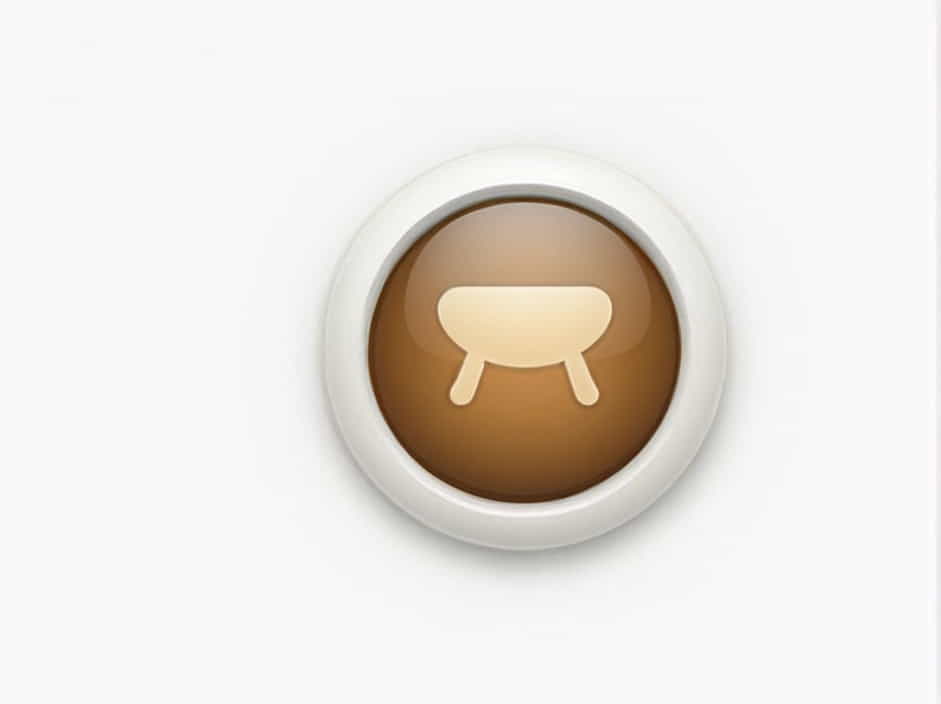The word sepia is often associated with a warm brown color, vintage photography, and even marine life. It has a fascinating history that spans art, photography, and nature.
This topic explores the meaning of sepia, its origins, different uses, and its cultural impact.
Definition of Sepia
What Does Sepia Mean?
The term sepia has multiple meanings depending on the context:
- Color: A reddish-brown or dark brown shade, often seen in vintage photographs and artwork.
- Photography: A toning technique that gives photos an antique, brownish appearance.
- Marine Biology: A dark ink-like substance produced by cuttlefish and certain squid species.
- Art: A pigment derived from cuttlefish ink, used in classical paintings and drawings.
Examples of Sepia in a Sentence
- The old sepia photographs reminded her of past generations.
- The artist used sepia ink to create a stunning landscape painting.
- The cuttlefish released a cloud of sepia ink to escape from predators.
- His sepia-toned memories of childhood felt warm and nostalgic.
The Origin of the Word Sepia
Where Does Sepia Come From?
The word sepia comes from the Greek word “sēpía”, which means cuttlefish. This is because cuttlefish ink was historically used to create a rich brown pigment for writing and painting.
- Ancient Rome and Greece used sepia ink for manuscripts.
- Medieval artists used sepia for drawings and illustrations.
- The Renaissance saw sepia used in early art sketches.
Sepia in Photography
1. What Is Sepia Toning?
Sepia toning is a chemical process used in black-and-white photography to:
- Add a warm brown hue to images.
- Increase the longevity of photographs.
- Give photos an antique or nostalgic feel.
2. Why Was Sepia Used in Old Photographs?
In the 19th and early 20th centuries, photographers used sepia toning because it:
- Made photos last longer than standard black-and-white prints.
- Enhanced contrast and detail.
- Created a softer, more artistic effect.
Even today, digital filters allow photographers to add a sepia effect to their images for a vintage look.
Sepia as a Color
1. The Characteristics of Sepia Color
Sepia is a warm, earthy brown with hints of red and orange. It is often associated with:
- Nostalgia and vintage aesthetics.
- Old books and historical documents.
- Natural and rustic themes.
2. How Sepia Is Used in Design and Art
- Interior Design: Sepia tones are used to create a cozy, classic atmosphere.
- Fashion: Sepia-colored clothing gives a retro or bohemian look.
- Painting and Illustration: Many artists use sepia ink or pigments for sketching.
Sepia in Nature
1. What Is Sepia Ink?
Sepia ink is a dark liquid released by cuttlefish and some squid species as a defense mechanism.
- It helps them escape predators by creating a cloud in the water.
- It was historically harvested to make ink for writing and drawing.
2. The Role of Cuttlefish in Producing Sepia Ink
Cuttlefish have a specialized organ called the ink sac, which stores sepia ink. When threatened, they release the ink to:
- Obscure the vision of predators.
- Create a decoy shape while they escape.
Cultural and Symbolic Meanings of Sepia
1. Sepia as a Symbol of Nostalgia
Sepia is often linked to memories, history, and the past. Vintage photographs and old books with faded brown pages evoke a sense of nostalgia and warmth.
2. Sepia in Literature and Film
Many books, movies, and TV shows use sepia tones to represent:
- Flashbacks or historical settings.
- Romanticized memories of the past.
- A warm, dreamlike atmosphere.
3. Sepia in Psychology
Some studies suggest that sepia tones can:
- Create a sense of comfort and familiarity.
- Evoke feelings of nostalgia and longing.
- Enhance the appreciation of historical and artistic works.
Sepia vs. Other Colors
| Feature | Sepia | Black & White | Monochrome |
|---|---|---|---|
| Tone | Warm brown | High contrast | Varies |
| Mood | Nostalgic, soft | Dramatic, stark | Artistic |
| Common Uses | Vintage photos, art | Classic portraits | Creative effects |
Modern Uses of Sepia
1. Digital Photography and Filters
Even though sepia was originally a chemical process, modern technology allows photographers to:
- Apply sepia filters digitally.
- Adjust warmth and saturation to create custom sepia effects.
- Use sepia overlays in film editing for a historical or cinematic look.
2. Sepia in Marketing and Branding
Many brands use sepia tones to create a vintage or rustic feel in:
- Logos and packaging for handmade or organic products.
- Advertisements for historical or luxury brands.
- Website designs that evoke a classic, timeless appeal.
How to Create a Sepia Effect
1. Traditional Methods
- Use sepia ink or paint for sketches.
- Apply sepia toning in darkroom photography.
2. Digital Editing Tools
You can create a sepia effect using:
- Adobe Photoshop – Adjusting color balance and tone.
- Instagram and other apps – Pre-set sepia filters.
- Lightroom – Fine-tuning warmth and saturation.
Sepia is more than just a color—it is a symbol of history, nostalgia, and artistry. From vintage photography to natural ink, sepia has played an essential role in art, culture, and design for centuries.
Whether in old photographs, paintings, or digital designs, sepia continues to be a beloved aesthetic choice that connects the past with the present.
